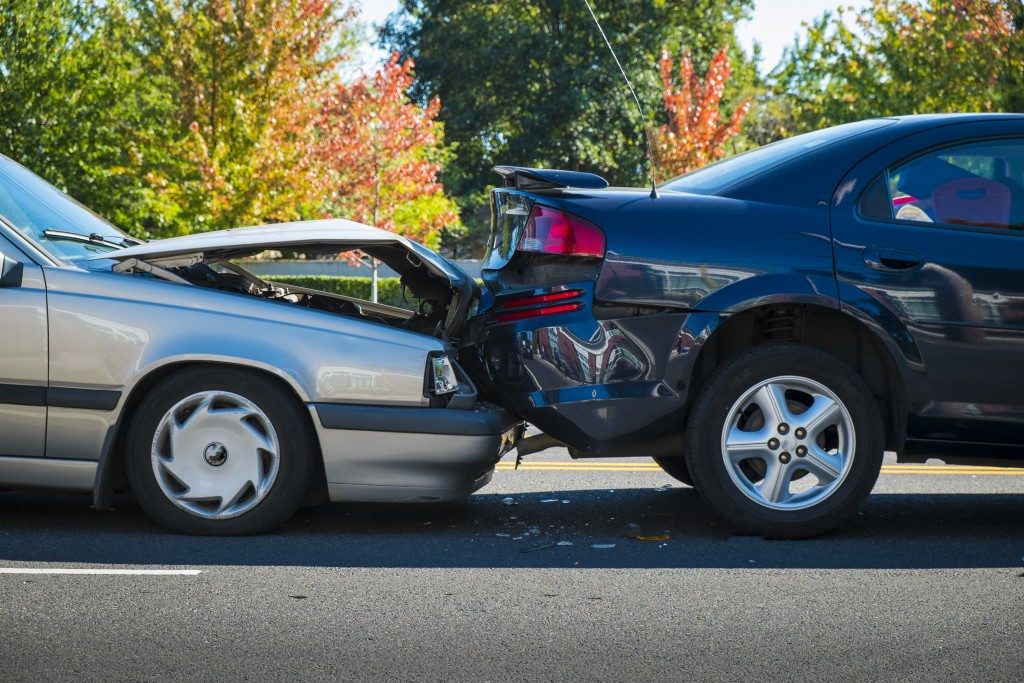Although the fatality rate due to car accidents declined in Utah, injuries and vehicle crashes remain frequent. During the last two months of 2019, authorities had to respond to 600 of these in five days.
Anyone who has to be inside a car, whether behind the wheel or as a passenger, may, therefore, have to be familiar with the state’s car accident laws. This knowledge will guide them on what to do in case they meet a similar fate.
1. Who Is At Fault When Someone Meets an Accident in Utah?
Utah is one of the states that follow the concept of comparative negligence. It is a concept that awards damages according to the participation of both parties. In Utah, the threshold is 50%. In other words, those who are injured should be less than 50% responsible for what had happened. Otherwise, they may not win their claim.
Although the idea is straightforward, it can still be confusing for many. That’s why Utahns may seek advice from a car accident injury lawyer in Salt Lake City. This professional can consider many factors to establish negligence, such as breach of duty or cause of the injury.
2. What Is the Statute of Limitations for Personal Injury in the Beehive State?
In general, persons who suffer from personal injuries, such as dog bites or accidents, may still file a claim within four years of the incident. In some cases, though, the statute of limitations is shorter. These include wrongful death and medical malpractice, which give Utahns only two years.
Experts, however, suggest that aggrieved parties file a claim as soon as possible. One, the longer they wait, the more likely they will forget the essential details. Second, it raises suspicions and weakens the case.
It’s a different story when the injured individual is a minor. They may choose to wait until they turn 18 years old before the clock of the statute of limitations begins.
3. Who Pays for the Auto Insurance?

When a person meets an accident, the insurance company usually doesn’t cover the claim unless it can determine who is the more negligent party—who is at fault.
In a no-fault insurance state, such as Utah, the dynamics are different. When it comes to claims for bodily injuries, the insurance provider has to cover it regardless of who’s to blame.
The mechanics for property damage, meanwhile, also has a few changes. The insurance company can pay for the repair while it tries to investigate who’s at fault. The provider whose client is the guiltier party then reimburses the other insurance company.
4. What Is Personal Injury Protection (PIP) Threshold?
It is a mandated insurance coverage that guarantees the injured party in a car accident at least $3,000 medical benefit. It doesn’t recognize the at-fault party, and injured individuals can claim it as soon as they report the accident to their provider.
PIP also doesn’t prevent individuals from trying to claim for higher or more compensation. However, to do so, they need to ensure that they use $3,000 of it for healthcare costs related to the accident.
It is also one of the reasons why a car accident injury attorney in Salt Lake City strongly encourages Utahns to act on their claim as soon as possible. They may also need to document their medical expenses.
Car accidents can be expensive. Knowing the rules on personal injury and insurance claims is essential to guarantee they can have some money to cover for their needs.
